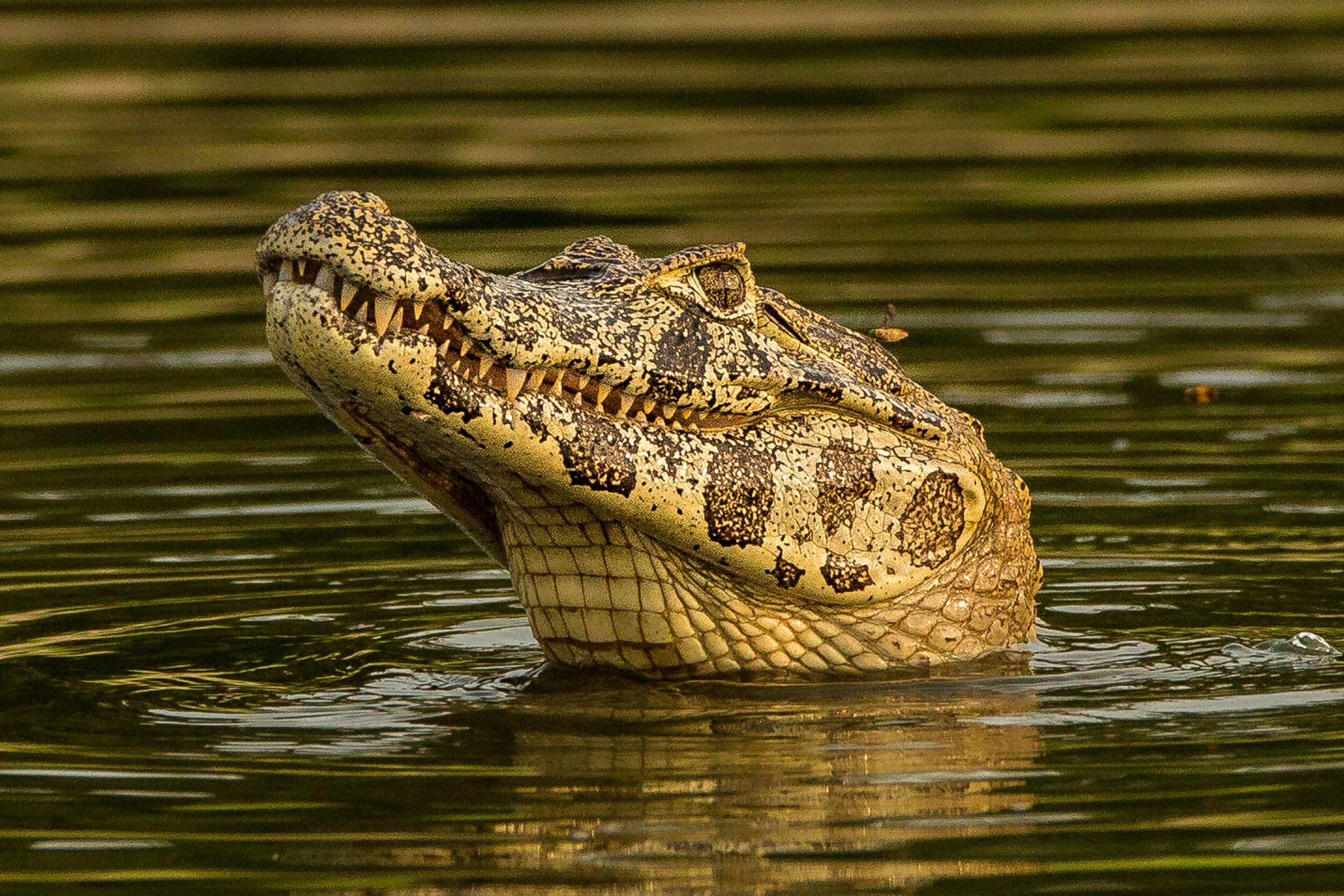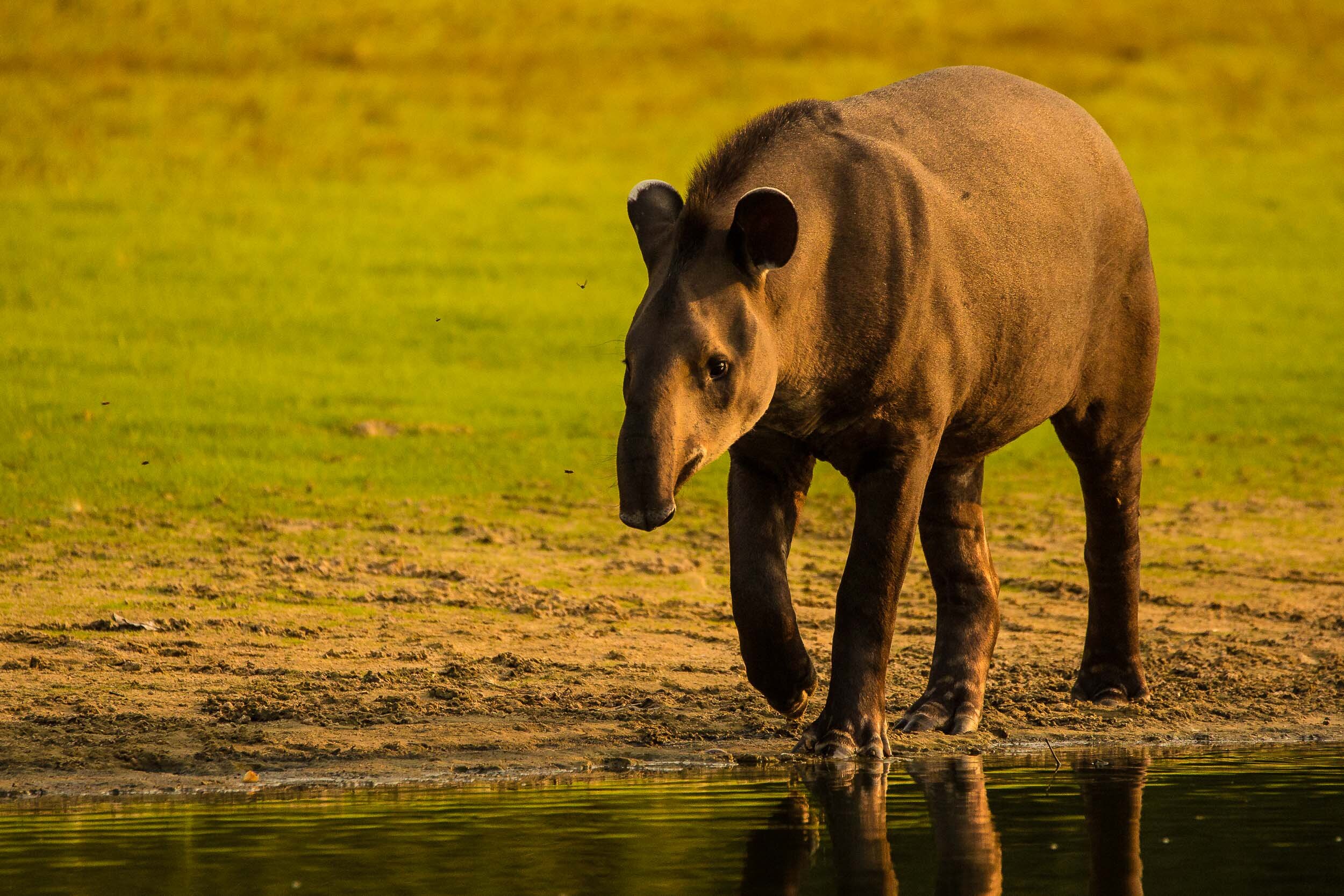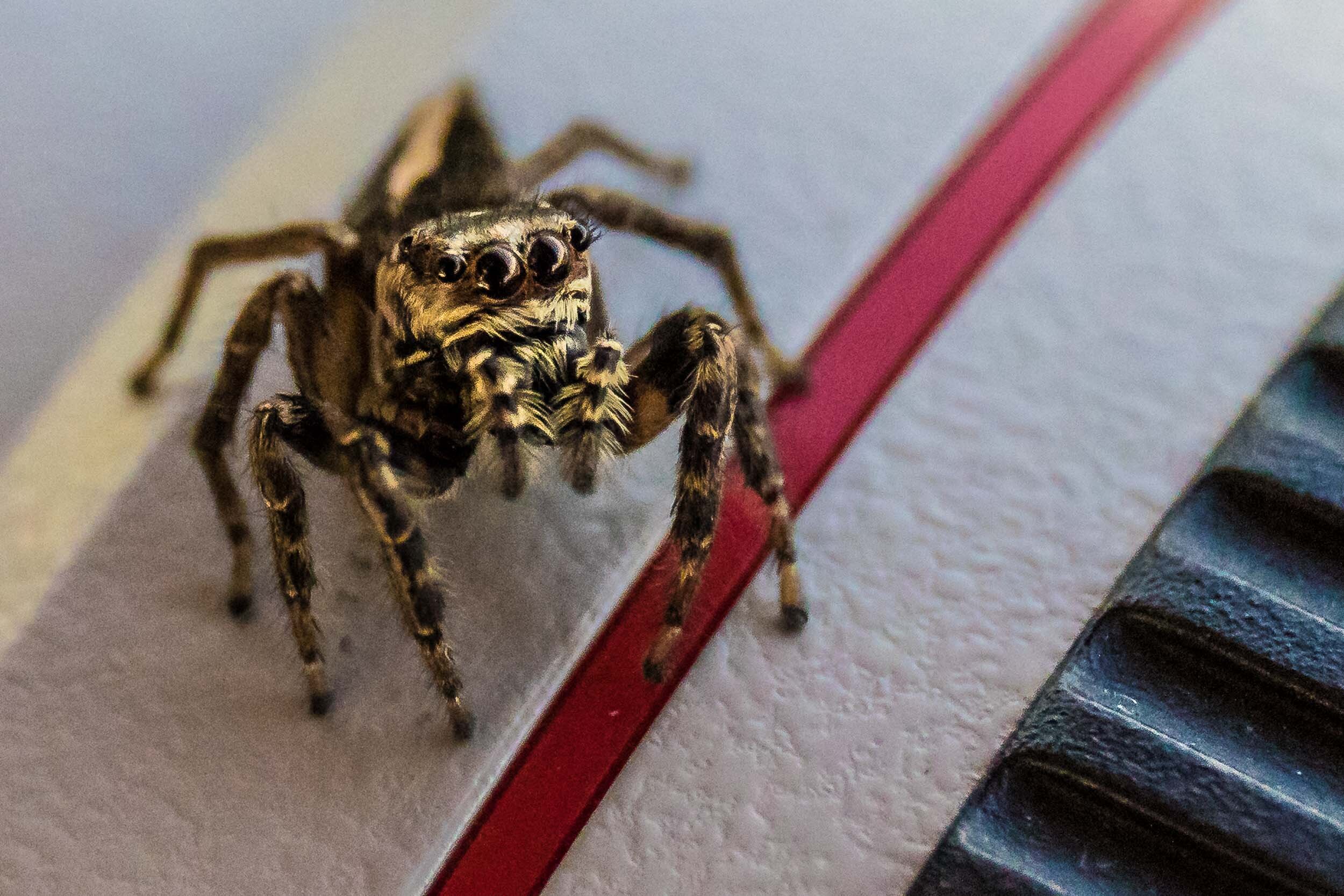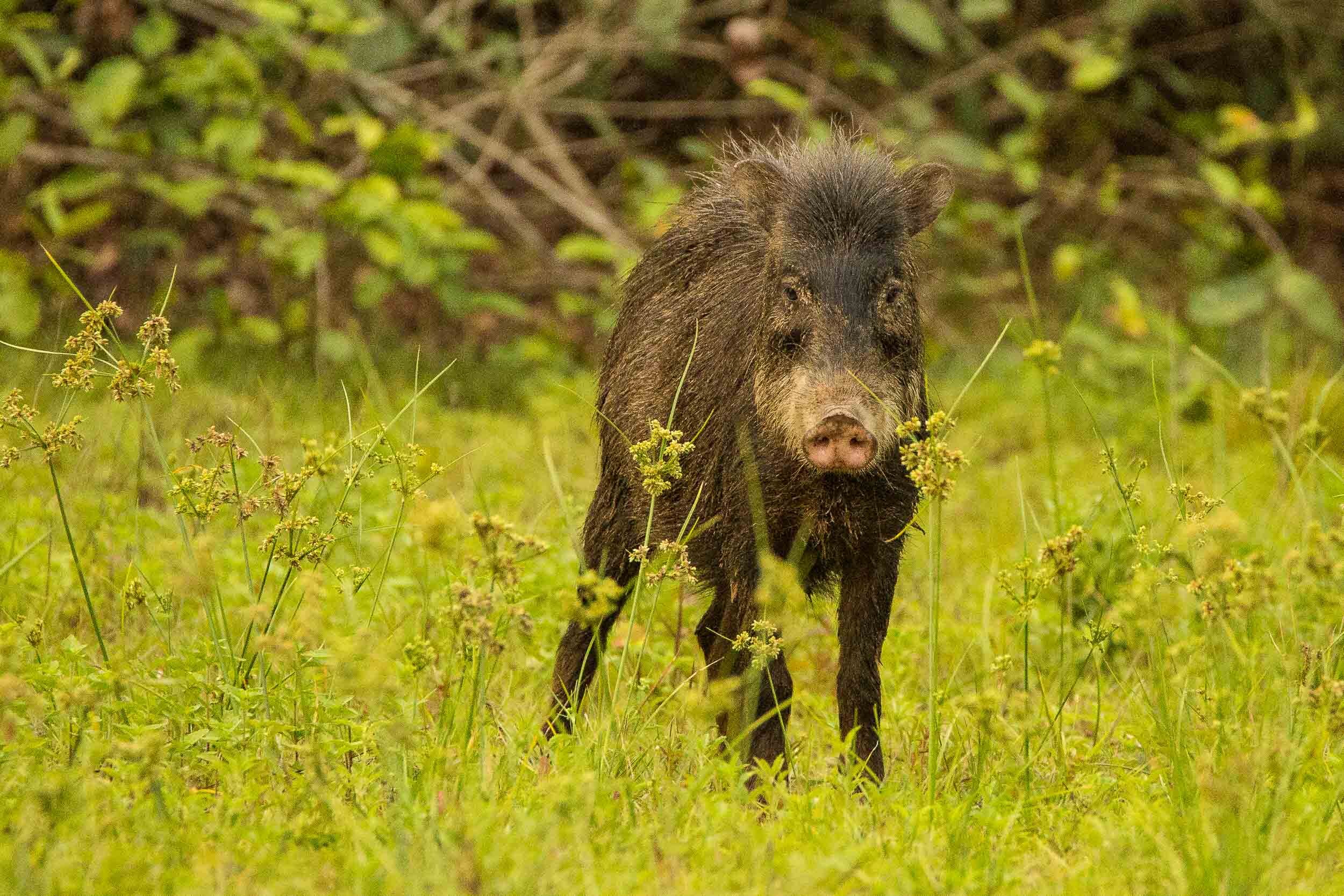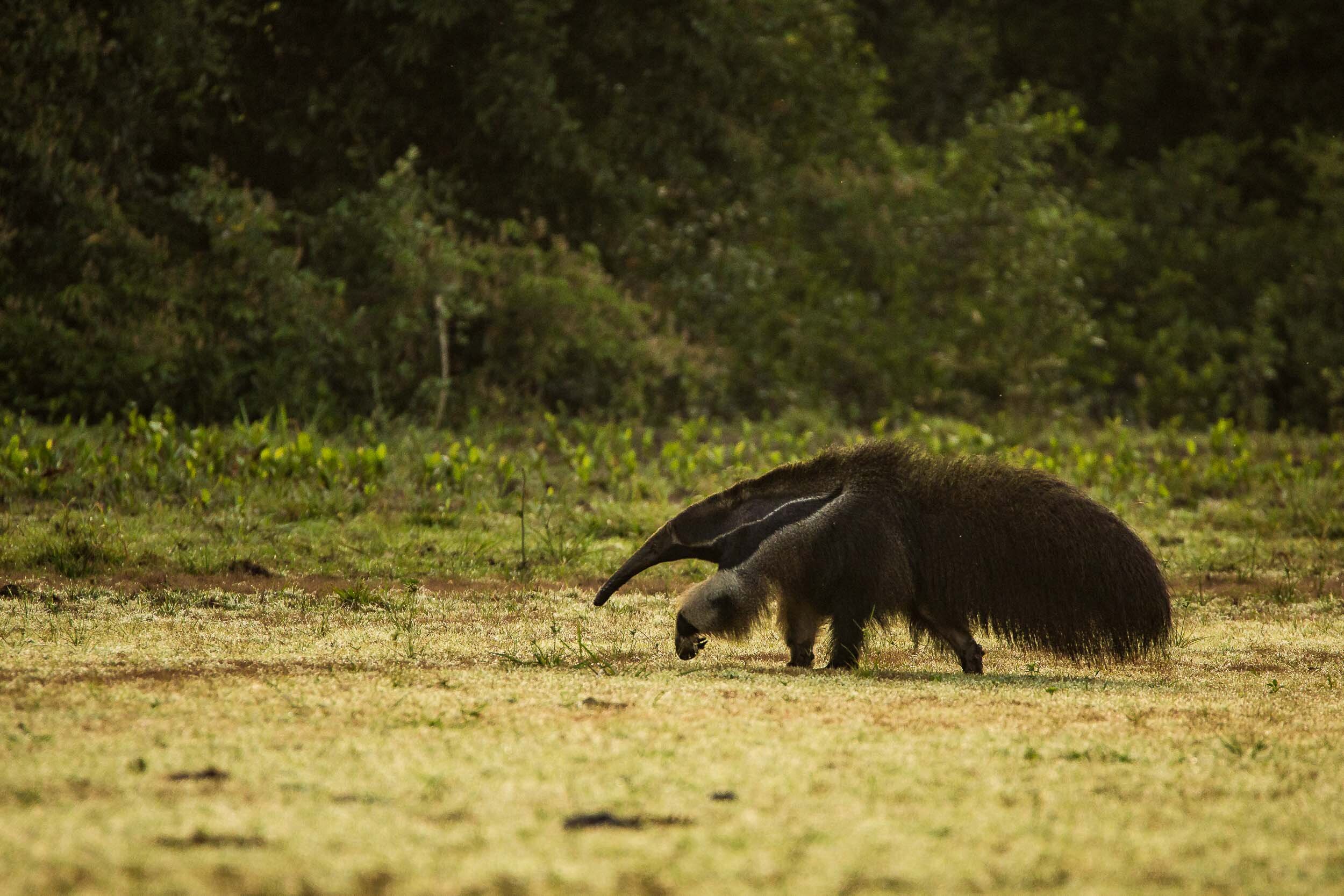Where to See Jaguars in the Wild
The Ultimate Jaguar Guide
Jaguars are the world’s third largest cat, after tigers and lions. And while many wildlife enthusiasts will have their first big cat experiences with the lions, leopards and cheetahs of Africa, the awe-inspiring magnificence of these predators often inspires journeys to see their feline cousins elsewhere in the world.
We have previously written about undertaking a tiger safari in India, an epic adventure in the sultry jungles of the subcontinent, with spine-tingling encounters with these resplendent beasts. And while snow leopards in the Himalayas and pumas in Patagonia are definitely on our wildlife list, their elusiveness means a huge amount of luck and time are usually required for successful sightings. And hence jaguars became our next wildlife watching aspiration.
Jaguars once roamed much of the Americas, from the southern United States to northern Argentina. But like much of the world’s wildlife, their natural range has shrunk dramatically, due to habitat destruction, hunting and poaching. Whilst there are known to be jaguar populations in 18 countries in the Americas, including Mexico, Peru, Belize and Costa Rica, in the vast majority of these locations the likelihood of seeing jaguars is low to medium at best, always requiring a significant amount of good luck, in addition to good planning and good persistence.
But in Brazil’s Pantanal, the chance of seeing jaguars is high – very high. In fact, it is almost certainly the only place in the world where, in the right location at the right time of the year, you are almost guaranteed a jaguar sighting (keeping in mind that nothing is guaranteed in the world of wildlife, but this is about as close as it gets!).
There are several reasons for this. Firstly, the population density of jaguars here is relatively high. Actual numbers are unknown, but are estimated to be several thousand. Secondly, the topography of the land makes sightings more likely. While there may be more jaguars in the Amazon, the sheer density of the Amazonian jungle means jaguars may be nearby but invisible. In contrast, the waterways of The Pantanal provide near-perfect viewing conditions as jaguars come to the open river’s edge to hunt, stroll and even swim. And finally, the relatively recent upturn in jaguar-focussed tourism has resulted in appropriate infrastructure for successful jaguar safaris.
So now that you know that The Pantanal is the place to go for seeing jaguars, what else can you do to maximise your chances of success on your jaguar expedition?
You can get alarmingly close! Especially given Jaguar’s propensity to attack by leaping at their prey ;)
Where to Go in The Pantanal?
The Pantanal is a big place – 210,000 square kilometres of floodplain, spanning Brazil, Paraguay and Bolivia. It is the world’s largest inland wetland, its vast savanna crisscrossed by multiple rivers, tributaries and channels.
In Paraguay and Bolivia, there is limited tourism infrastructure in their Pantanal territory, and it is rarely visited. In contrast, on the Brazilian side, there are two well-developed options for visiting The Pantanal – the Northern Pantanal, via Cuiaba in Mato Grosso state, and the Southern Pantanal, via Campo Grande in the state of Mato Grosso do Sol. Many potential visitors are unsure about which side of the Brazilian Pantanal to visit.
To answer this – if you are serious about jaguar spotting, we highly recommend visiting the Northern Pantanal. While the Southern Pantanal provides visitors with the chance to view a huge amount of wildlife in beautiful surroundings, the likelihood of jaguar sightings here is significantly less than in the Northern Pantanal. In addition, the tourism infrastructure here is generally considered to be pitched more at the mass market, with group tours and simple accommodation.
In contrast, the Northern Pantanal is more expensive, more exclusive and, most importantly, the most rewarding in terms of jaguar sightings.
The Northern Pantanal is accessed via Cuiaba, a large dusty city of half a million residents, 1500km northwest of Sao Paulo. There are domestic flights to Cuiaba from multiple Brazilian cities, including Brasilia, Sao Paulo, Recife and Alta Floresta (in the Amazon), although notably no direct flights from Rio de Janeiro. Once in Cuiaba, we highly recommend beginning your Pantanal adventure immediately – rather than overnighting in Cuiaba, hit the road straight from the airport, heading to the Transpantaneira Highway and into The Pantanal.
In The Pantanal, the deeper you get into the wetlands, the more wildlife you are likely to see. Whilst animals abound even along the Transpantaneira Highway, it is beyond the end of the road that the wildlife encounters really shine. Once the road peters out in the small hamlet of Porto Jofre, journeying by boat into the waterways of The Pantanal are the best possible way to sight those elusive jaguars.
Here, multiple rivers converge in an area known as The-Meeting-of-the-Waters State Park. The population density of jaguars here is amongst the best in the world, so much so that the region has been given the nickname “Jaguarland”. But even more importantly, the waterways here have long been a prime destination for local fishermen, who have plied the waters in their motorboats for generations. This means the jaguars in the area are accustomed to the sound and sight of boats, and having never been threatened by the fishermen, are unperturbed by their presence. As a result, it is common for jaguars to nonchalantly meander along the riverbanks, or to perch themselves on a fallen log at the water’s edge, or to swim across the river, right in front of the boats, and hence provide fantastic up-close sightings for minutes (or even hours) for ecstatic visitors to the region.
To really maximise your time deep in The Pantanal in this jaguar epicentre, and therefore your chances of successful sightings, we would highly recommend staying on one of the floating hotels that are moored on these waterways. The most luxurious of these is SouthWild’s Jaguar Flotel and their new Jaguar Suites. In this way, you spend all hours of the day and night within the hub of jaguar activity, minimising the journey time into and out of the jaguar zone, and maximising your chances of seeing jaguars from sunrise to sunset. You might even see one from your hotel room!
Carlito, a young male, posed and preened for us for well over an hour.
When to Go to The Pantanal?
The Pantanal is a seasonal floodplain. In the wet season from November to April, eighty percent of the Pantanal is underwater, the roads are impassable and much of the area is inaccessible. But from May, the floods begin to recede and the land dries out. From July to October, the Pantanal is hot and the rainfall is minimal, meaning the animals cluster on the riverbanks to drink, hunt and cool off – this is the prime time for wildlife watching. Plus the mosquitos are at their most sparse!
Wildlife viewing from a boat provide much greater flexibility than from a vehicle, so having other tourists in your shot is a rare thing.
A Perfect Pantanal Itinerary
As with any wildlife watching adventure, the longer you can spend in a wildlife hotspot, the greater your chances of success. Daytrips into The Pantanal are theoretically possible, but involve many hours of hot and dusty transfers to get there and back, and being on the river in the middle of the day is the least conducive time for sightings.
Instead, if you are serious about seeing jaguars, the longer in The Pantanal, the better. We can highly recommend a three or four night stay at a floating hotel deep in the Pantanal, with additional nights before and after to break up the journey along the Transpantaneira Highway. And after much research we would specifically suggest the following:
Two nights at SouthWild Pantanal lodge (see our review here) – to visit their ocelot hide and experiences the rivers and landscapes of the outer Pantanal
Four nights in SouthWild Flotel’s Jaguar Suites – allowing for eight morning and afternoon river safaris in the depths of The Pantanal (in the region known as “Jaguarland”). In recent years, guests average 1-2 jaguar sightings per outing, and that was certainly our experience, with 14 sightings over 4 days
One night at SouthWild Pantanal Lodge again (for another chance to see ocelots)
The jaguars are so calm and in control, the visitors to their domain (ie. you) are of no concern.
How to Visit the Pantanal?
We are independent travellers whenever possible, but are happy to recognise when going it alone just isn’t the best way. The Pantanal is one of those occasions. Like many animal safari adventures, to maximise your wildlife viewing opportunities, it is important to entrust yourself to an experienced and reputable safari company with highly trained, knowledgable and enthusiastic guides, who can ensure you are in the right place at the right time (and preferably with the right lighting and right camera angle!).
But as readers of this blog well know, this does not mean we are interested in joining a group tour! Instead, we recommend using a high quality operator that can book the itinerary that suits you, with the best accommodation, private transfers, private vehicles and a private guide.
We cannot emphasise enough the wonderful-ness of a private guide and vehicle on safari for serious wildlife enthusiasts and photographers. To be able to start a safari when you want, without having to wait for others to be ready. To be able to stay out on the water as long as you want, without having to accommodate anyone else who has had enough for the day, or who is hungry or needs the bathroom (which is actually a big deal in The Pantanal, as jaguars are so prevalent that leaving the safety of the boat is really discouraged). And to be able to stay at a particular sighting for as long as you desire, moving the boat the way you want to get the best possible view and the best possible photograph, without inconveniencing or frustrating fellow guests. It is the epitome of luxury travel, and one we can exceedingly recommend.
What Else is There to See in The Pantanal?
While the Amazon rainforest gets all the wildlife hype, The Pantanal actually has the highest concentration of wildlife on the continent. And the open nature of the wetlands means that spotting the wildlife is far easier than in the impenetrable jungles of the Amazon.
This soon becomes apparent while driving the Transpantaneira Highway. Shortly after leaving the small frontier town of Pocone, it is possible to see caiman in the waterways and capybara on the banks, while marsh deer, foxes and coati (small raccoon-like mammals) punctuate the savanna. And birdlife abounds, from the colourful hyacinth macaws, kingfishers and toucans, to birds of prey such as caracaras, hawks and falcons, to a multitude of waterbirds including the giant jabiru storks.
And this is just on the road into the Pantanal! As you head deeper in to the wetlands, even more wildlife will be seen, such as giant river otters, giant anteaters, tapirs, peccaries, howler monkeys, iguanas and anacondas. And, with just a little bit of luck, those incredible jaguars…
